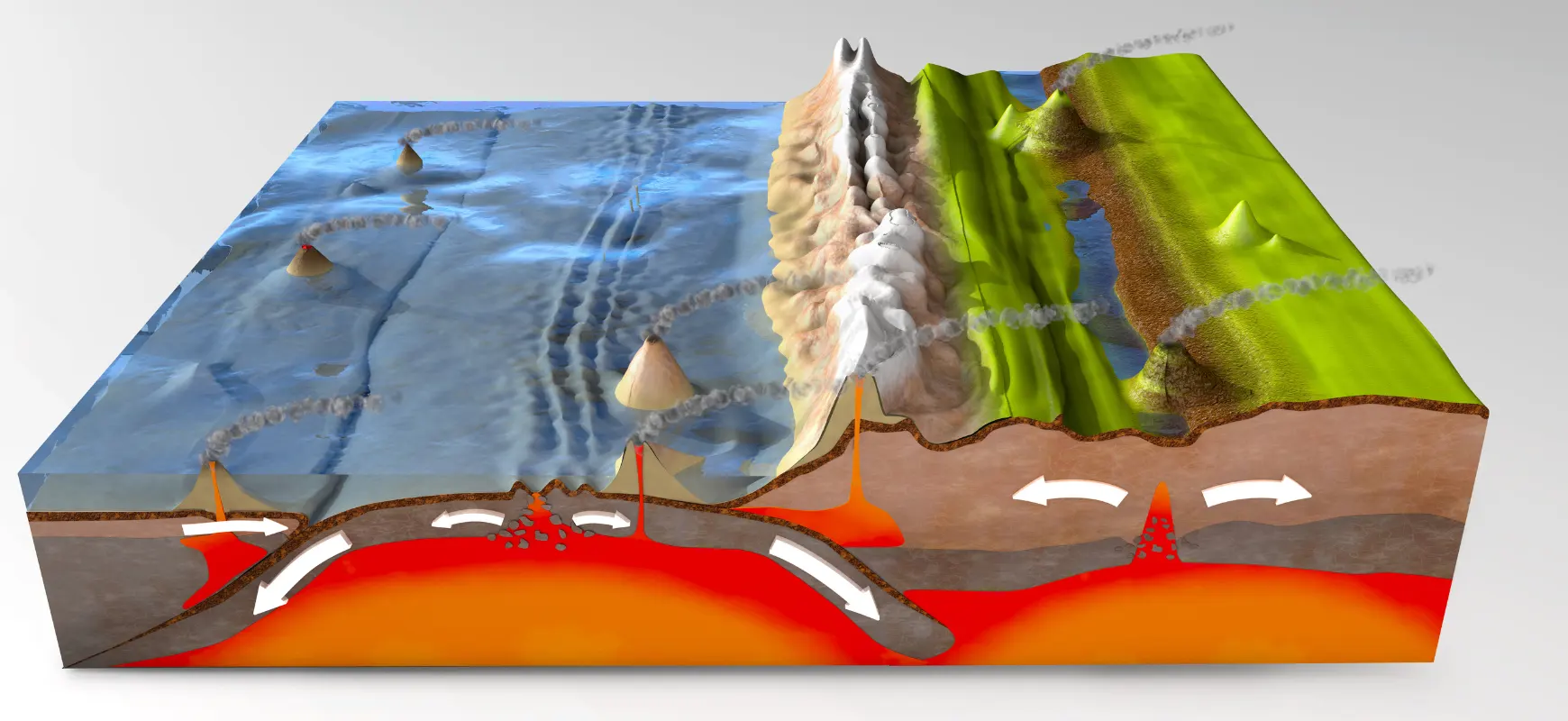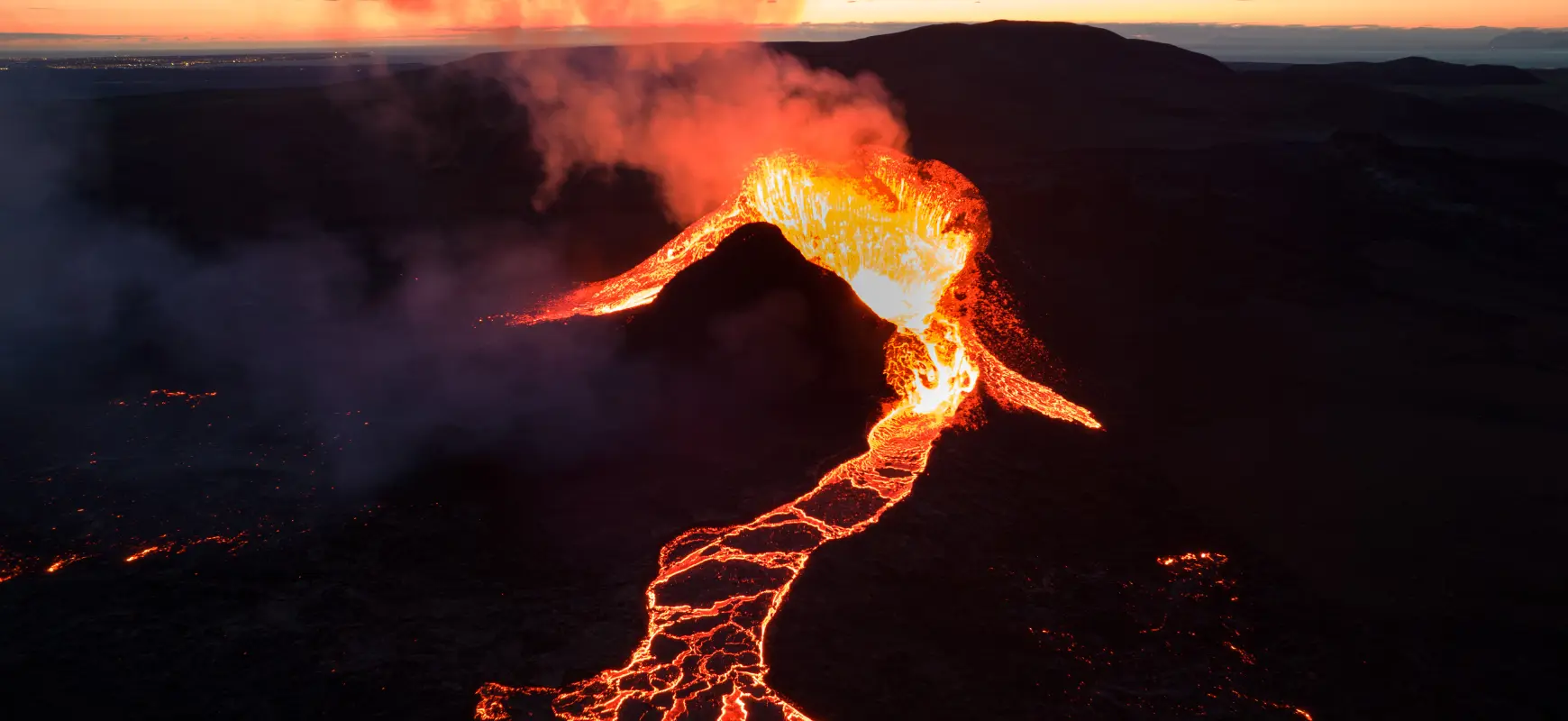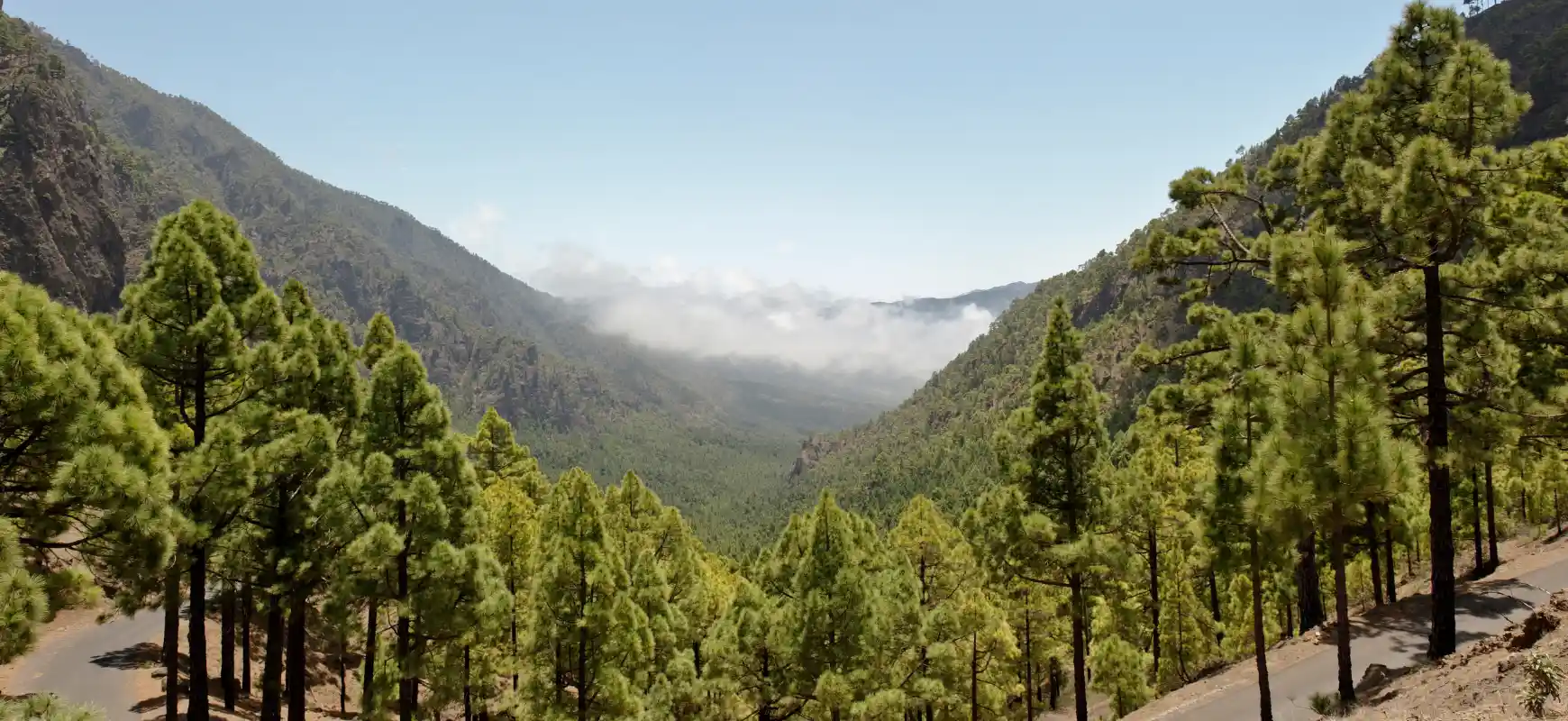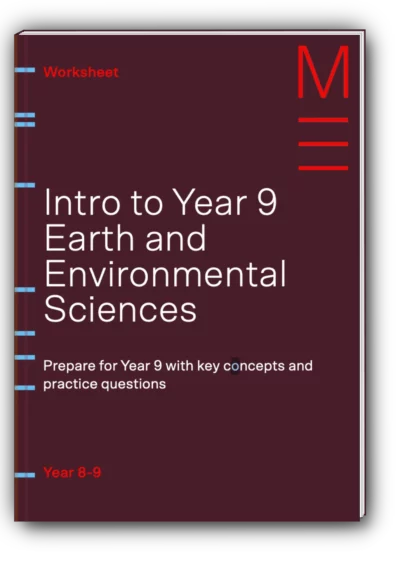Welcome to Matrix Education
To ensure we are showing you the most relevant content, please select your location below.
Select a year to see courses
Learn online or on-campus during the term or school holidays
Learn online or on-campus during the term or school holidays
Learn online or on-campus during the term or school holidays
Learn online or on-campus during the term or school holidays
Learn online or on-campus during the term or school holidays
Learn online or on-campus during the term or school holidays
Learn online or on-campus during the term or school holidays
Learn online or on-campus during the term or school holidays
Learn online or on-campus during the term or school holidays
Learn online or on-campus during the term or school holidays
Select a year to see available courses
Science guides to help you get ahead
Science guides to help you get ahead
Think you're ready for the Year 9 Earth and Environmental Science syllabus? Here's an intro to Earth and Environmental Science to get ahead in Year 9 Science.

Join 75,893 students who already have a head start.
"*" indicates required fields
Related courses

Join 8000+ students each term who already have a head start on their school academic journey.
Earth and Environmental Sciences is always a bit neglected in high schools compared to the “big three” of Biology, Chemistry, and Physics. But it tackles some of the biggest questions of our time: Where did Earth’s continents come from? Why do we get volcanoes and earthquakes? And how can we understand and protect our planet?
In this guide, we’ll break down the key topics in the Victoria Year 9 Earth and Environmental Science syllabus—so you’ll know exactly what to expect and how to get ahead. Check out the other articles in the series: Year 9 Chemistry Syllabus, Year 9 Physics Syllabus, and Year 9 Biology Syllabus.
Table of contents:
Get ahead in Science with expert teachers
Expert teachers and comprehensive resources to help you achieve more in Years 7-12 Science.
The study of the Earth is also called Geology. The first big geological concept you’ll study in Year 9 Science is Plate Tectonics—the theory that Earth’s outer shell is broken into plates that move around on the planet’s surface (lithosphere).
This theory helps us understand geological processes, including earthquakes, volcanic activity, mountain formation, and the distribution of continents and oceans.
It all began with Alfred Wegener, who proposed the idea of continental drift in 1912.
He noticed that:
Although Wegener had compelling evidence, he couldn’t explain how the continents moved. That explanation came decades later.
By the 1950s-1960s, scientists discovered new evidence for a moving Earth:
These discoveries supported the theory that Earth’s lithosphere is broken into tectonic plates that float on the asthenosphere AKA plate tectonics.
So, are you ready to:

Since then, scientists have gathered information on far more than the lithosphere and asthenosphere. We’ve divided the Earth into 4 layers:
As you go deeper into Earth, temperature increases, pressure increases, and materials change from rock to molten metal
So, are you ready to:
Tectonic activity is responsible for natural features like mountains and volcanoes—and natural disasters like earthquakes.
You’ll learn about two main types of volcanoes:
Found at divergent plate boundaries, where plates move apart.
These eruptions are non-explosive and tend to form flat, broad volcanic features.
Build your Science skills with expert teachers
Structured lessons, proven resources, and expert teachers - trusted by 8,000+ students each term.
Found at convergent plate boundaries, where one plate is forced under another.
So, are you ready to:

You’ll then look at the Earth from a broader perspective. Environmental scientists look at the Environment as the interaction between four spheres:
For example, a volcanic eruption affects:
So, are you ready to:
When volcanoes add elements like magnesium and potassium to soils, they are contributing to the Earth’s biochemical cycles. These cycles involve elements moving between the four spheres.
For example, here’s how carbon moves:
These cycles support all life, but they’re also sensitive to change.

Human actions affect all of Earth’s systems. Changing the course of rivers, filling oceans with waste, mining, deforestation, pollution and urbanisation all change how the spheres interact.
But the most serious issue? Climate change.
Climate change is being caused by the enhanced greenhouse effect—a result of releasing more carbon dioxide into the atmosphere than Earth can naturally absorb.
The more CO₂ we add, the more solar radiation gets trapped, raising global temperatures and disrupting the balance of the four spheres.
If we want to save the world in which the human race evolved, we need to understand the complex interplay between the spheres. Only then can we learn how to minimise our impact on the Earth.
In Year 9, you’ll learn how:
You’ll also explore how these disruptions affect the Earth’s biogeochemical cycles (like the carbon and water cycles) and why understanding them is essential for protecting our future.
So, are you ready to:
Make sure your child is ready for Year 9 Science with this practice worksheet! Fill out your details below to get this resource emailed to you. "*" indicates required fields
Prepare your success in Year 9 Earth and Environmental Science

Prepare your success in Year 9 Earth and Environmental Science
Written by Matrix Science Team
The Matrix Science Team are teachers and tutors with a passion for Science, across Biology, Chemistry and Physics, and a dedication to seeing Matrix Students achieving their academic goals.© Matrix Education and www.matrix.edu.au, 2025. Unauthorised use and/or duplication of this material without express and written permission from this site’s author and/or owner is strictly prohibited. Excerpts and links may be used, provided that full and clear credit is given to Matrix Education and www.matrix.edu.au with appropriate and specific direction to the original content.